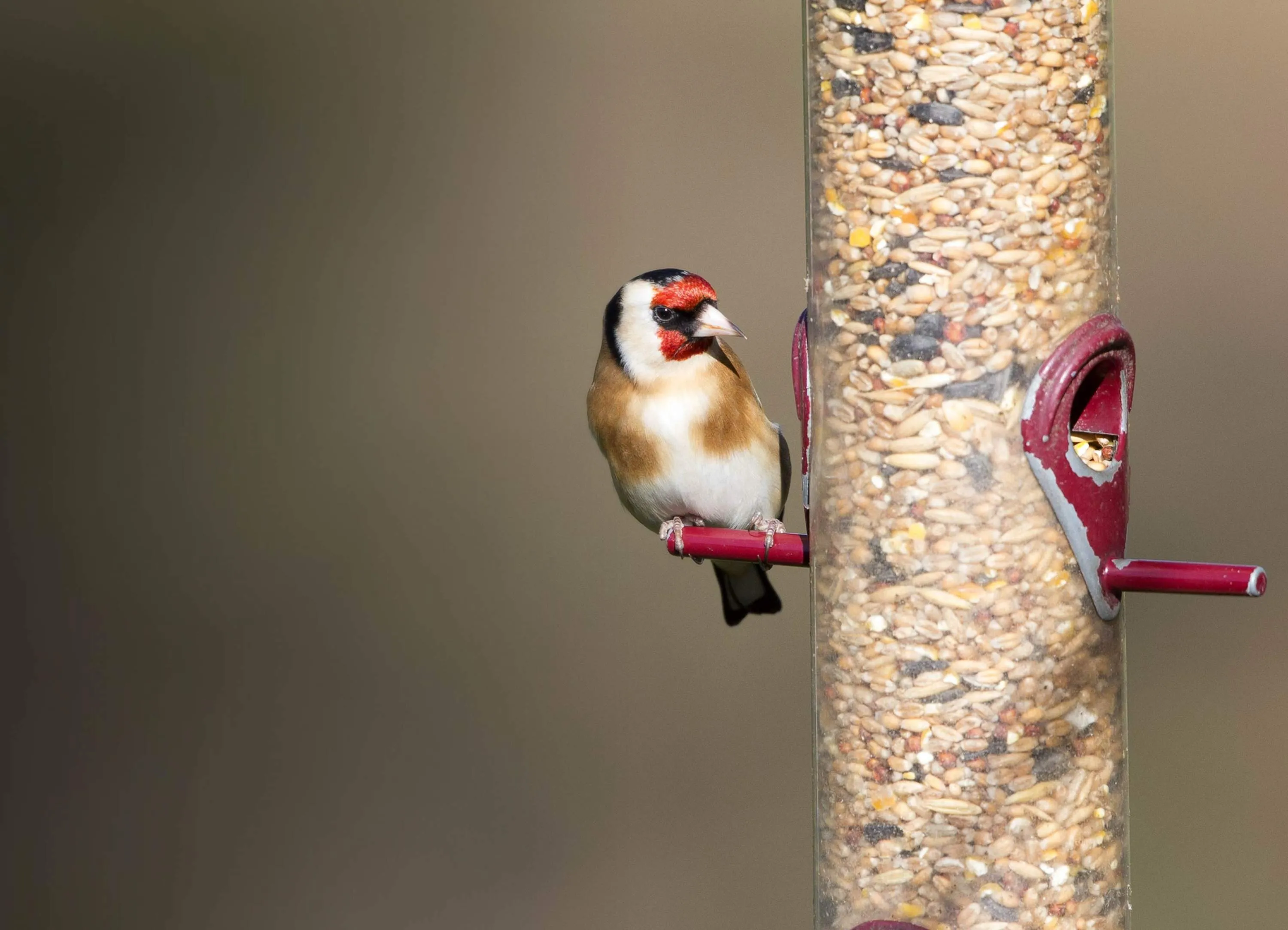Citation

Overview
Newly published research from BTO shows how the popular pastime of feeding the birds is significantly shaping garden bird communities in Britain. The populations of several species of garden birds have grown in number, and the diversity of species visiting feeders has also increased.
In more detail
The study’s authors extracted information from advertising in the RSPB’s Birds magazine over a 40 year period to show how the number and variety of bird food products has risen during this time. These data were analysed alongside those from the BTO’s Garden Bird Feeding Survey (GBFS). The results showed that in the 1970s, garden bird feeders were dominated by only two species, House Sparrow and Starling. Today, a much broader range of species is commonly seen taking advantage of the growing variety of supplementary foods on offer. Changes were particularly marked for Goldfinch and Woodpigeon; fewer than 20% of GBFS participants reported these species on their feeders in 1973, but this number has jumped to more than 80% since. Population increases were not seen in species that do not visit feeders.
Previous BTO research has demonstrated other consequences of garden bird feeding, including transmission of disease and carryover effects of winter feeding on breeding performance the following spring. There are clearly further research avenues to explore to elucidate the effects of garden bird feeding on bird communities at a time when several other anthropogenic activities are also having an impact, positive and negative, on their ecology.
Abstract
There is a multi-billion dollar global industry dedicated to feeding wild birds in residential gardens. This extraordinary boost to food resources is almost certainly reshaping entire bird communities, yet the large-scale, long-term impacts on community ecology remain unknown. Here we reveal a 40-year transformation of the bird communities using garden bird feeders in Britain, and provide evidence to suggest how this may have contributed to national-scale population changes.
We find that increases in bird diversity at feeders are associated with increasing community evenness, as species previously rarely observed in gardens have increasingly exploited the growing variety of foods on offer over time. Urban areas of Britain are consequently nurturing growing populations of feeder-using bird species, while the populations of species that do not use feeders remain unchanged. Our findings illustrate the on-going, gross impact people can have on bird community structure across large spatial scales.
This paper is the product of an institutional fellowship award to Kate Plummer, made possible thanks to a generous legacy donation to BTO from Maxwell Hoggett.



